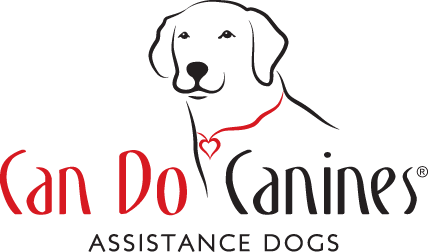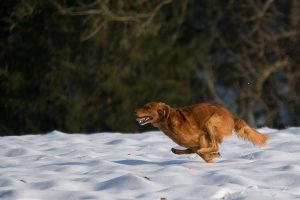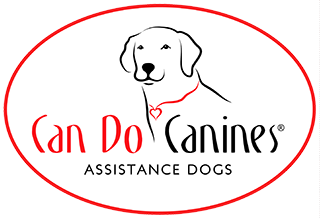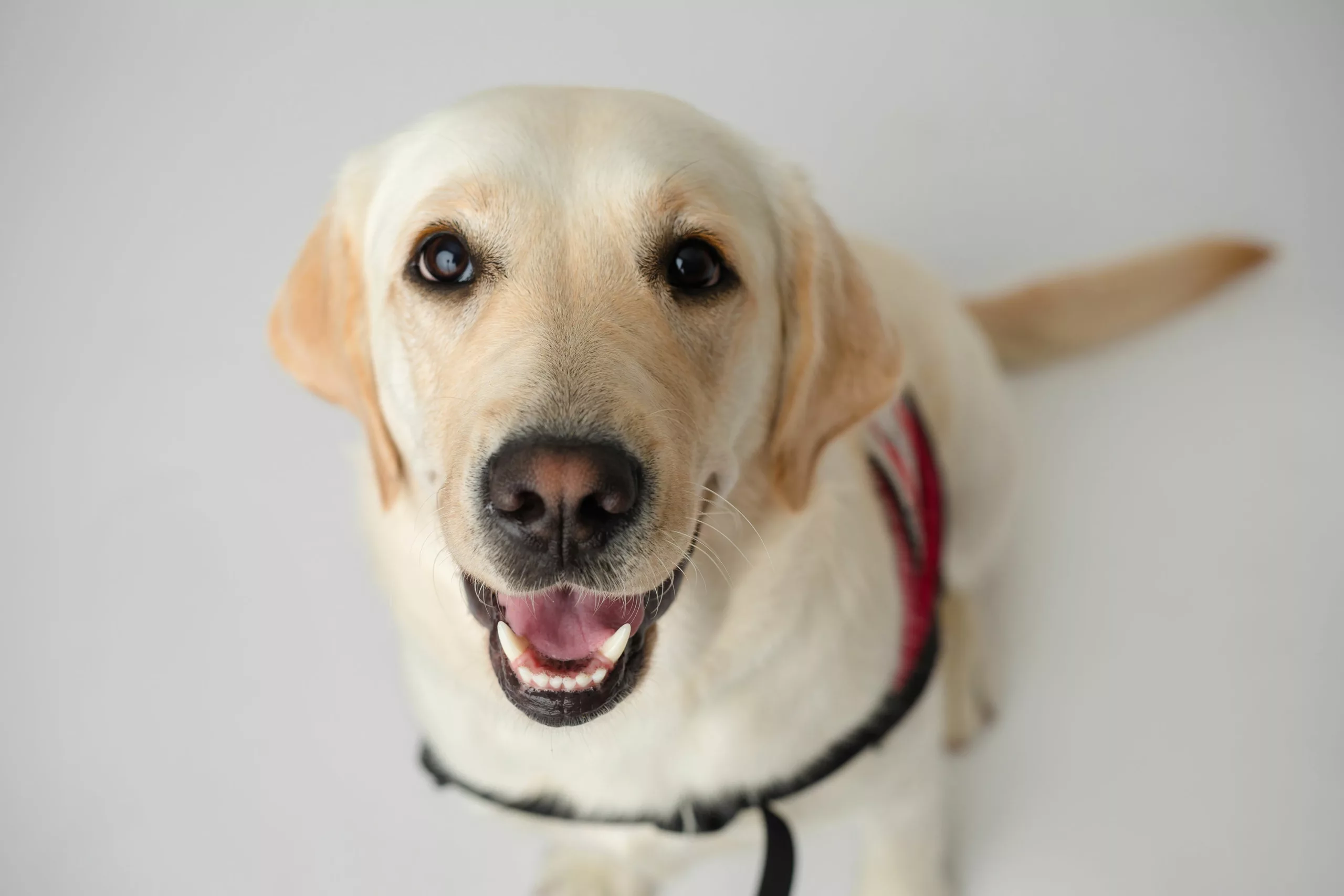Winter means holiday cheer and snowy landscapes, but along with hot chocolate there are less pleasant wintry associations, like icy sidewalks, dry skin, and windchill. These cold weather concerns can affect all members of your family, including the furry ones. A few precautions can go a long way in ensuring your dog stays happy and healthy in the winter months.
1. Protect the paws: Massaging petroleum jelly or other paw protectants into the paws before going outside helps protect against salt and other chemical agents. It also helps to moisturize pads that have become dry or cracked. Booties can provide even more protection if needed.
2. Limit outdoor time: The amount of time that a dog should spend outside in the winter will vary depending on a few factors. Some dogs have thick coats designed to withstand cold temperatures, whereas others have thin coats that don’t keep them warm. Senior dogs, puppies, and dogs with certain health conditions also tend to have a lower tolerance for cold. When temperatures get really frigid, keep walks short. If you’re getting cold, your dog is probably feeling the chill as well.
3. Clean the feet: After coming inside, rinse off salt and other street residue from your dog’s feet and check between the toes for snow/ice accumulation. You may be able to reduce the chance of iceball accumulation by carefully clipping the hair between your dog's toes.
4. Stay inside: No pet should be left outside for long periods in below-freezing weather. Make sure your dog has a warm, dry, and comfortable place to sleep inside with access to water.
5. Beware of chemicals: Keep an eye on where your dog is sniffing and licking when outside. Antifreeze, salt, and other chemicals commonly used in the winter can be fatal if ingested. If you spill any chemicals, be sure to clean up right away.
